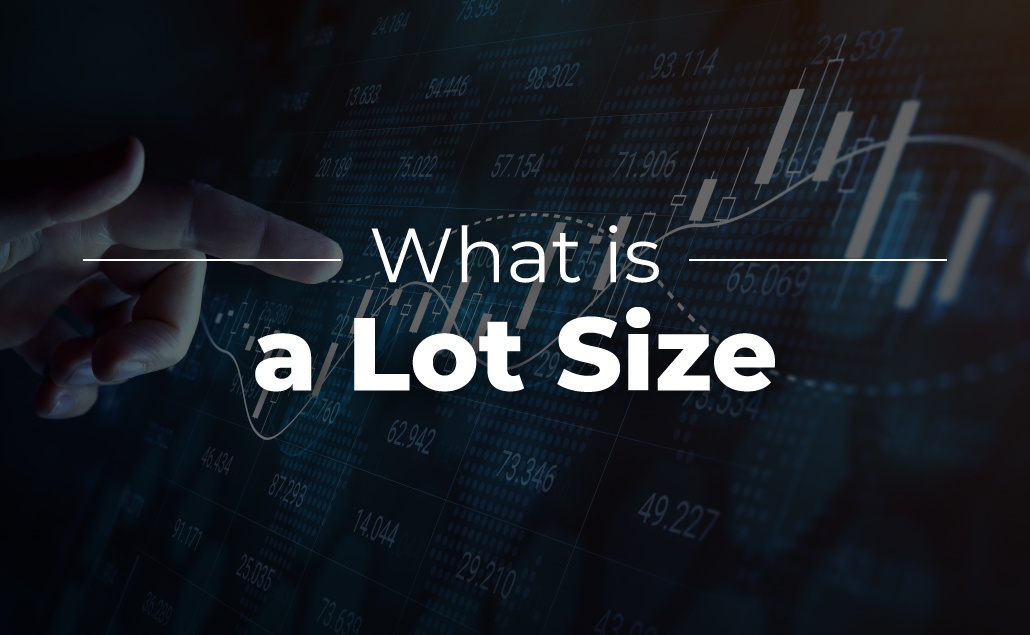A lot size is a measure of the total amount of units in a trading instrument that is offered for sale. It can also be referred to as a “position size”. Lot sizes can vary from one instrument to another. In most cases, they are standardized, meaning that for any instrument there is a specific lot size available for trading. Generally, most instruments will have a lot size of 100 units, but this is not always the case. The position size can also refer to the minimum amount of required units to be bought or sold in any given transaction. The lot size can be for a particular instrument or an entire portfolio, depending on how it is being used. Generally, the lot size will be based on the liquidity of the market and the amount of capital available. They are an important aspect of forex trading as dictating the amount of risk taken when entering a trade.
What are The Types of Lots?
Understanding the different types of lots available, such as standard lots, mini lots, and micro-lots, can help traders navigate the forex market and make informed trading decisions.
- Standard Lots: Standard lots are the most common type of forex lot and are equal to 100,000 units of the base currency. With this type of lot, traders are able to make larger trades with more buying power. Standard lots are primarily for institutional and professional traders as the minimum balance needed is relatively high.
- Mini Lots: Mini lots are one-tenth the size of a standard lot or 10,000 units of the base currency. Mini lots are a great way to ease into trading with less capital. They are considered a better option for beginner traders because they are less risky and require less capital.
- Micro Lots: Micro lots are one-hundredth the size of a standard lot or 1,000 units of the base currency. This type of lot is perfect for lower-capital traders that want to minimize their risk. Micro lots provide the flexibility to make more precise trades, which is especially advantageous in the volatile forex market.
Related Topics | Keep learning more with Eurotrader
You can click on the link below to check out the videos we have prepared for you under Trading Essentials and browse the wide world of lots!
How to Calculate Lot Size in Forex
Having a knowledge of how to calculate lot size in Forex can help you lower your trading risks and manage your position sizes better.
To calculate lot size in Forex, you need to make a few assumptions about your trading strategy. There are several available mathematical formulas, but the most common one is the equity formula, which takes into account your trading account balance, the amount of risk you want to take, and the desired stop loss level:
Lot size = equity x trade risk (%) / (Stop Loss in pips x value per pip)
In order to use the formula, you first need to enter the expected price at which you will close the trade. You must also consider the stop loss you want to place, as well as the trade risk percentage. This percentage determines the portion of your account balance that you are willing to risk on each trade. For example, if you have a $100 trading balance and you are willing to risk 2%, then the value of each pip will be $2. Once you have all of these values, you can enter them into the formula to determine your lot size.
At Eurotrader, we’re passionate about helping our members become successful traders. We provide an array of resources and support that make trading easier and more profitable. With our guidance, you can increase your return on investment and optimize your trading strategies. Join the Eurotrader community and start trading today to take your financial goals to the next level.
Disclaimer
Eurotrader doesn’t represent that the material provided here is accurate, current, or complete, and therefore shouldn’t be relied upon as such. The information provided here, whether from a third party or not, isn’t to be considered as a recommendation; or an offer to buy or sell; or the solicitation of an offer to buy or sell any security, financial product, or instrument; or to participate in any particular trading strategy. We advise any readers of this content to seek their advice.


